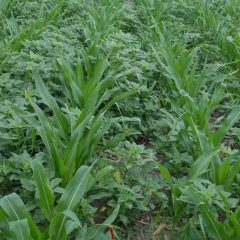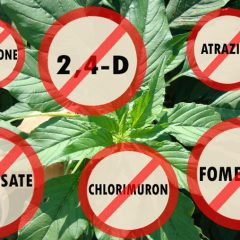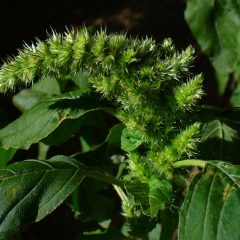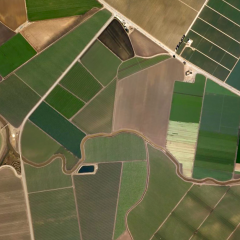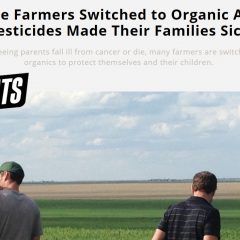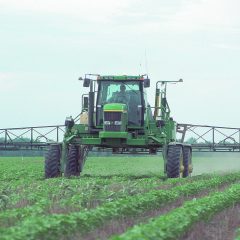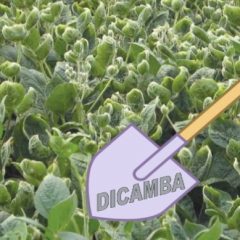Another paper was just published in the peer-reviewed journal Scientific Reports that identified “microbiome perturbation” following “occupationally relevant” doses of an herbicide (Tu et al., 2019). We have reported before that glyphosate was shown to impact the gut microbiome in honeybees, but this time it was the herbicide 2,4-D administered to laboratory mice. An auxin herbicide, […]
Read More, References, Comment »
Three new Xtend-dicamba related items have been posted recently on Hygeia. Collectively they frame what is to come as farmers and herbicide applicators begin the 2019 herbicide spray season. In a fact-filled piece in DTN, Emily Unglesbee traces the march of glyphosate-resistant Palmer amaranth across the southeast, and then to the north and west. This […]
Read More, References, Comment »
DTN staff reporter Emily Unglesbee has ably covered the dicamba-drift crisis over the past couple of years. Her latest is a detailed, three-part series on Palmer amaranth, “possibly the most aggressive weed American farmers have ever faced” (Unglesbee, 2019a). Palmer amaranth is so scary because of its “spectacular reproductive abilities” and it’s extreme adaptability. This […]
Read More, References, Comment »
In an experiment conducted in Missouri, researchers have identified Palmer amaranth that is resistant to six herbicides. Amaranthus palmerii is a one tough weed. When full grown, at its base, stalks can match the circumference of a man’s wrist. One plant can set over 400,000 seeds. It has a long history of herbicide resistance, and […]
Read More, References, Comment »
Herbicide-resistant weeds are a common topic around here, so we were interested in this new science out of Argentina identifying a new “superweed” resistant to glyphosate, dicamba, and 2,4-D. Plus, the researchers learned more about the mechanism of herbicide resistance in one of the most common weed families – the Amaranths (Amaranthus species). Farmers throughout the croplands of the […]
Read More, References, Comment »
As we have covered extensively here on Hygeia, the introduction of dicamba-tolerant soybeans in 2016 also triggered an unprecendented spike in herbicide-drift damage reports and associated litigation. Millions of acres were damaged in 2016 and 2017 by drifting dicamba. Both the EPA and affected states established stricter rules in an effort to prevent further impacts. We […]
Read More, References, Comment »
In the second of two talks in Iowa this week, Hygeia’s founder Dr. Charles Benbrook shared our latest dynamic presentation, “Managing Weeds for Healthy Kids: Emerging Challenges for Physicians, Families, and Farmers” at the Ames Public Library in Ames, IA. This presentation takes a closer look at the wealth of data demonstrating a clear rising […]
Read More, References, Comment »
Ken Roseboro’s May 11, 2018 story in Civil Eats is a sober reminder that pesticides are toxic, some people have been exposed to levels that almost certainly trigger or contribute to disease, and that the most worrisome exposure episodes often occur as a result of unusual circumstances. “These Farmers Switched to Organic After Pesticides Made […]
Read More, References, Comment »
As predicted, the EPA has announced that it will allow use in 2018 of dicamba on dicamba-resistant soybeans and cotton, despite the serious problems that occurred in 2017. The acting chief of the herbicide branch, Reuben Baris, said the EPA has not yet decided on the “safeguards” it will impose in a September 19, 2017 […]
Read More, References, Comment »
A highly-respected farm magazine editor, Greg Horstmeier, has called a spade a spade re the unfolding, dicamba crop-damage train wreck occurring across corn-soybean country. This is a must-read piece, because of the important historical context it provides. Horstmeier’s play-by-play of how we got here is a chilling account of how badly farm industry leaders and […]
Read More, References, Comment »



